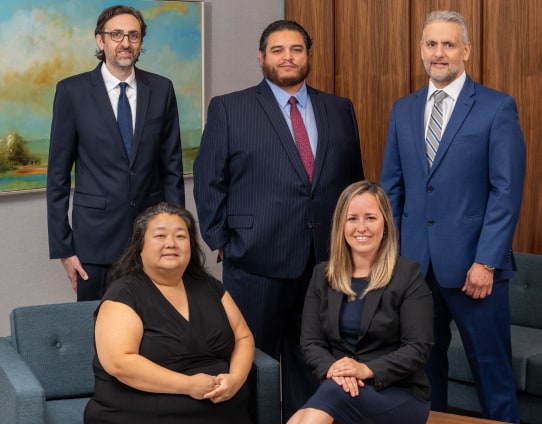The Legal Implications of Waving Another Driver Through Traffic
Navigating through congested traffic can be a daunting task. You are attempting a left turn across multiple lanes of stopped traffic that is backed up with other cars. One of the stopped drivers from the opposite direction waves his hand and gestures for you to cross through and make your left turn in front of him. However, as you are crossing the lanes, tragedy strikes. A vehicle traveling straight through the same lanes of traffic you were trying to cross hits your vehicle.
Was there negligence by the driver who waved you in? Can that driver be at fault for the accident?
The Supreme Court of Virginia has considered this issue twice in recent history.
In both cases, the person crossing through traffic sued the driver who signaled.
In both cases, the driver who signaled was ultimately found not to be at fault.
In Nolde Bros, Inc. v. Wray, 221 Va. 25 (1980), the Virginia Supreme Court overturned a jury verdict against the driver who signaled. The Court decided that the driver’s hand signals could be seen as a waiver of his right of way, but that because he was the driver of the vehicle, he was not in the position to know if the lanes of traffic to his right were safe to drive through or otherwise free of cars. They found that that the Plaintiff should have known and understood that the waving driver could not guarantee the safety of his path and therefore the Plaintiff could not have reasonably interpreted the hand signal to mean that it was safe to proceed.
Importantly though, this decision did leave open the door for a factual circumstance where a hand waving driver could potentially be found liable. For example, if the signaling person was seated in the passenger seat, looked over his shoulder to the lanes to his right, and then signaled, could another driver rely on that hand signal? As the Court stated: “We acknowledged with approval the principle articulated by Justice Cardozo in Glanzer v. Shepard, 233 N.Y. 236. . . (1922), that “one who assumes to act, even though gratuitously, may thereby become subject to the duty of acting carefully, if he acts at all.’”
The Court was presented with similar factual circumstance in Ring v. Poleman, 397 S.E. 2d 824 (1990). But again, they decided that in that specific factual circumstance, the hand signaling driver could not be liable even if they were negligent because they were not the proximate cause of the accident. In fact, the Court relied on the Plaintiff’s testimony that he was not relying on the hand signal to make his turn, but he had only interpreted it to mean the hand signaling driver was yielding right of way. The Court implied that the crossing driver’s failure to see the other moving vehicle was likely the sole cause of the accident.
What is the best practice while driving? If you wave someone in or through, you could be found liable? If someone waves you in, do not assume it is safe? Always be aware of your surroundings and other vehicles and obey the rules of the road. Even if you’re the waving driver or the crossing driver, depending on the facts, you could be found at fault.
By Allan Serrano, May 7, 2024


